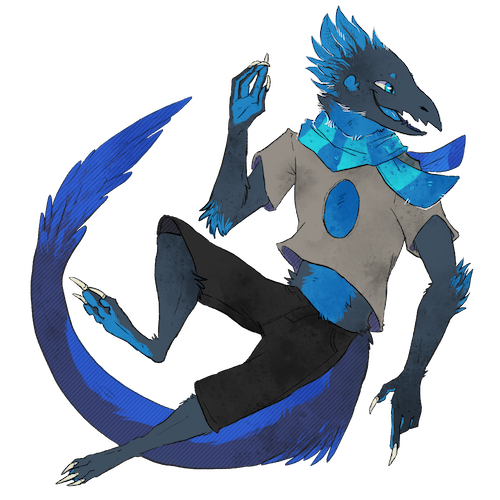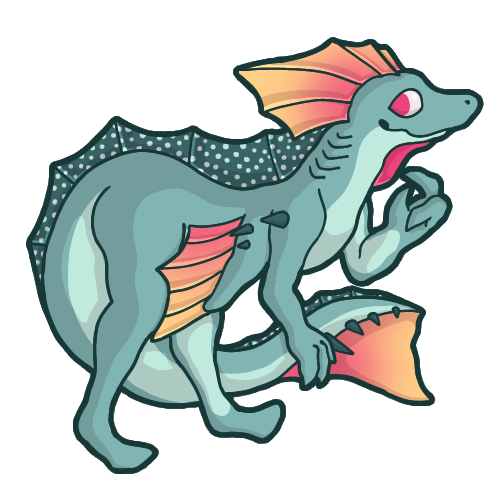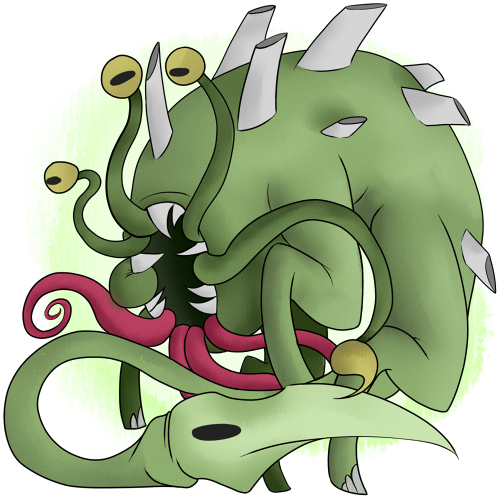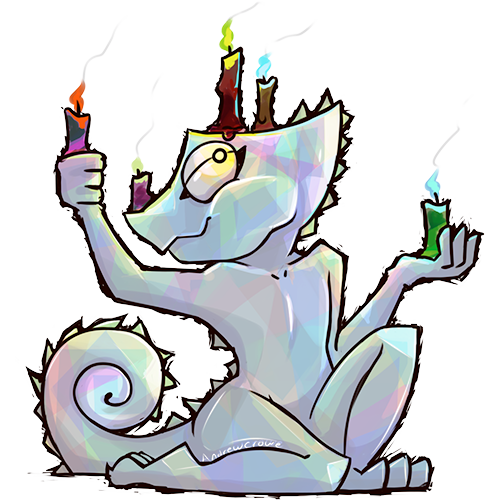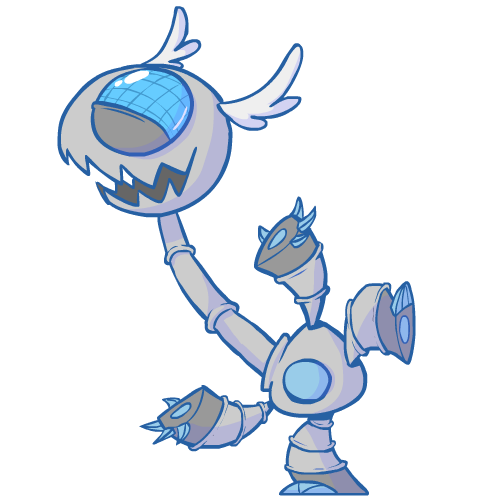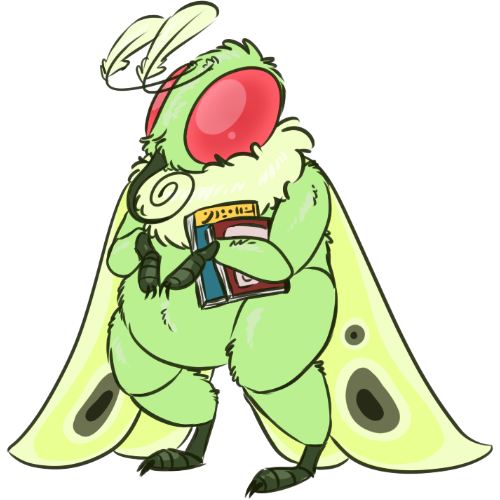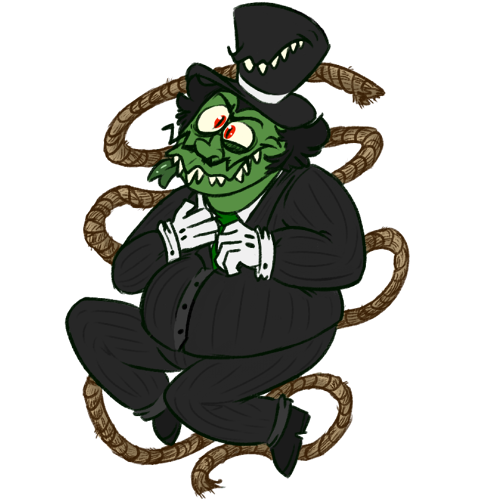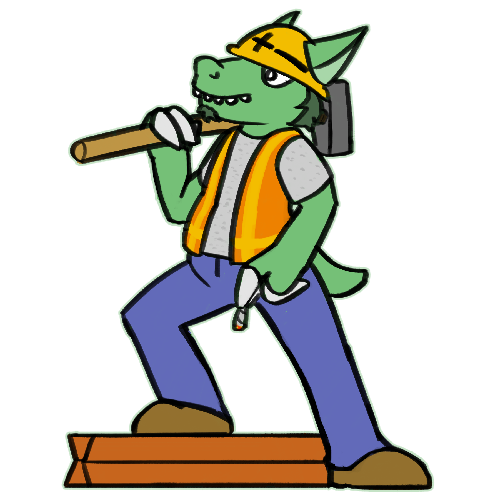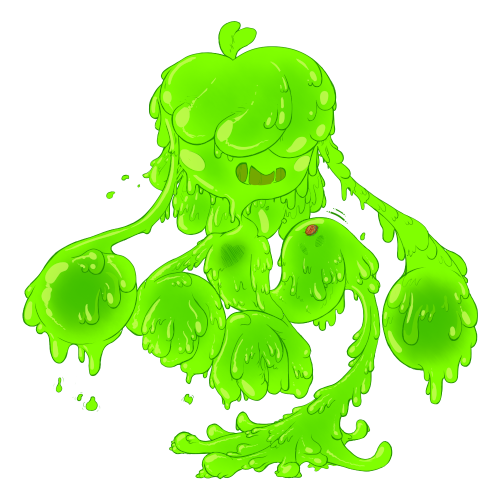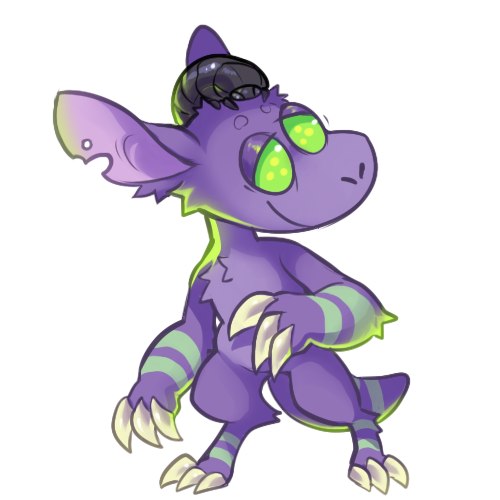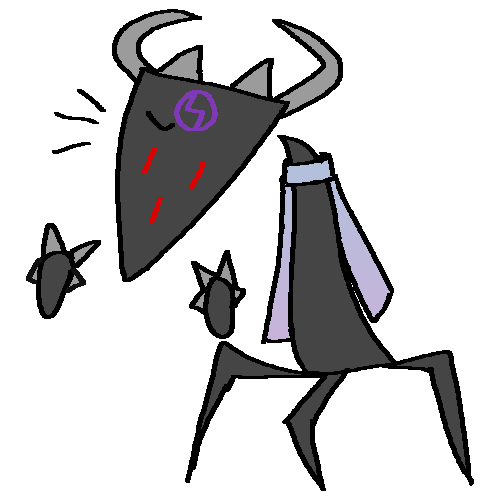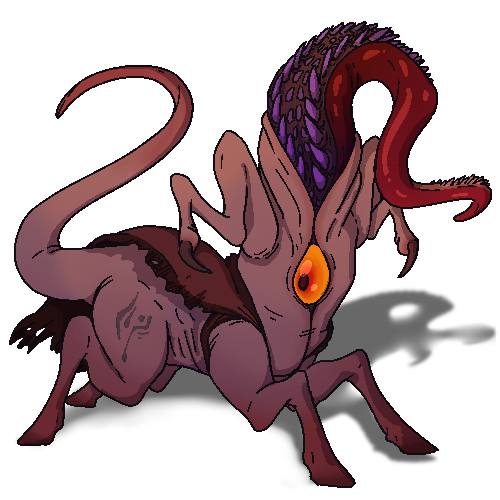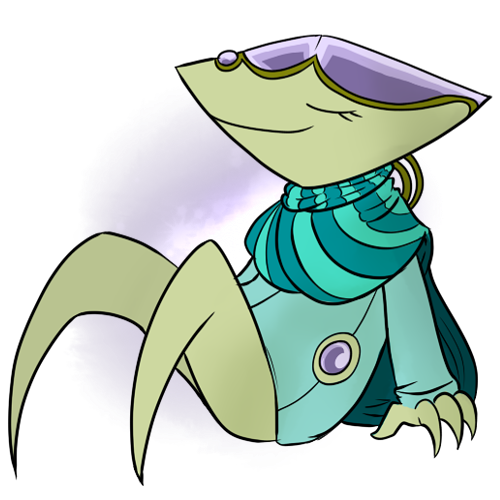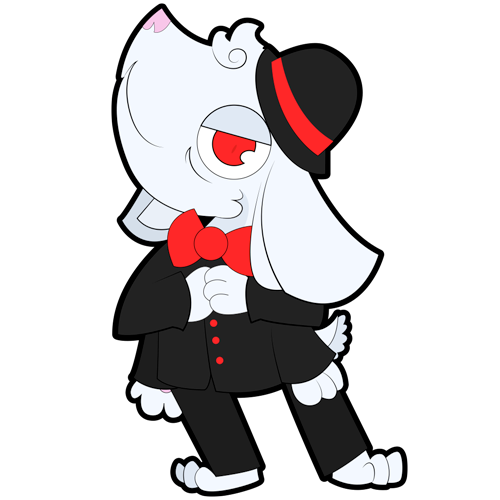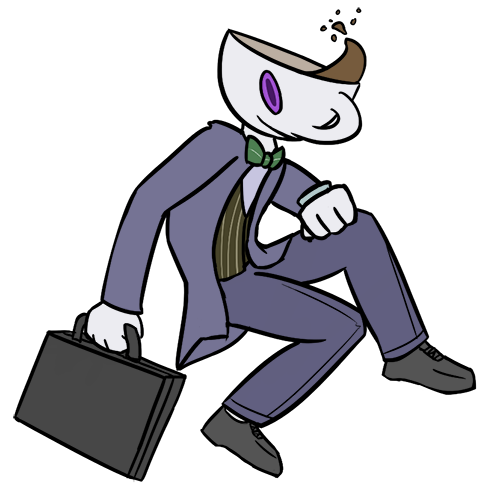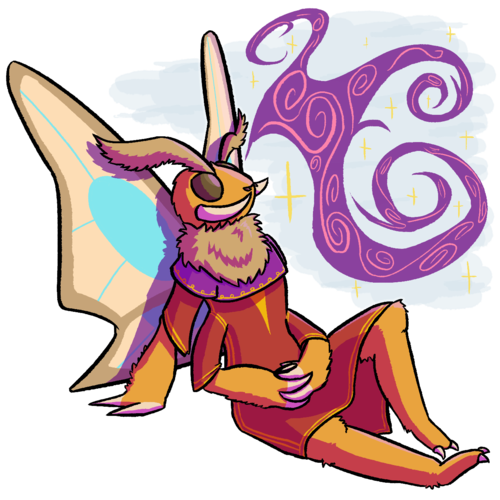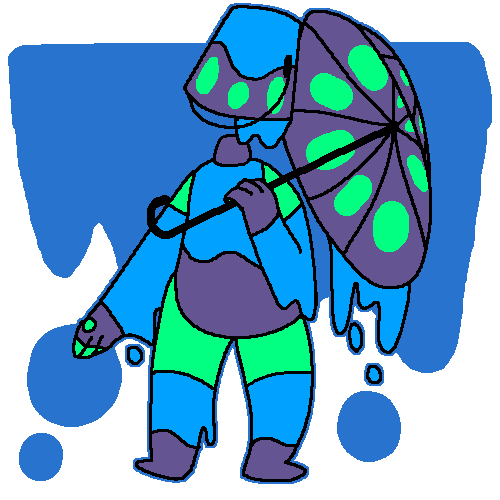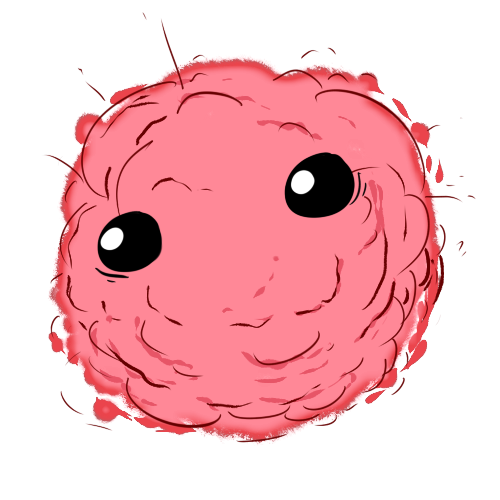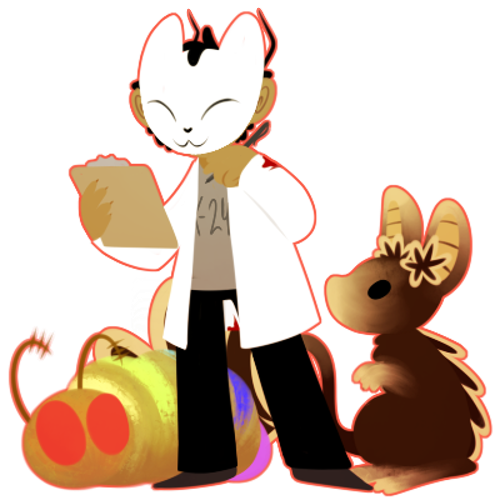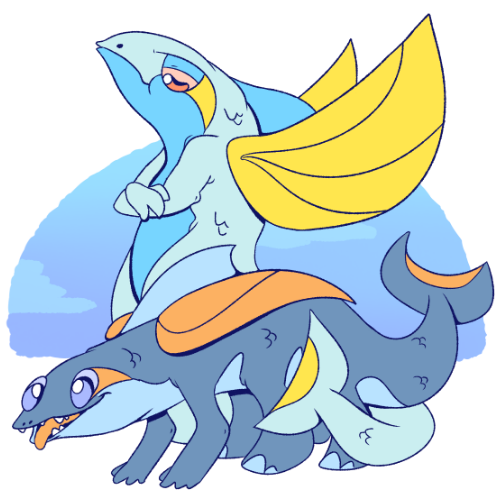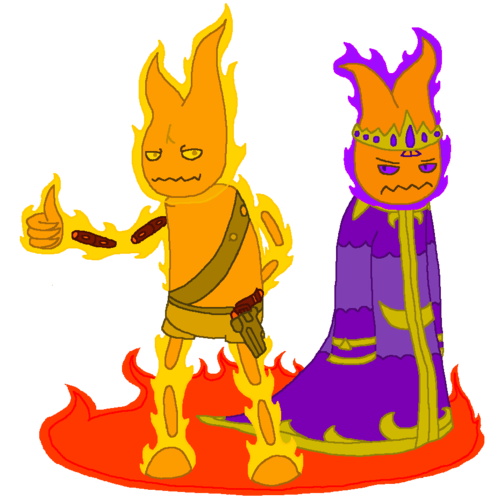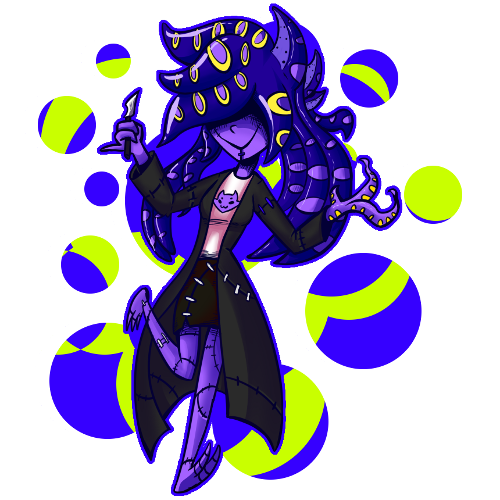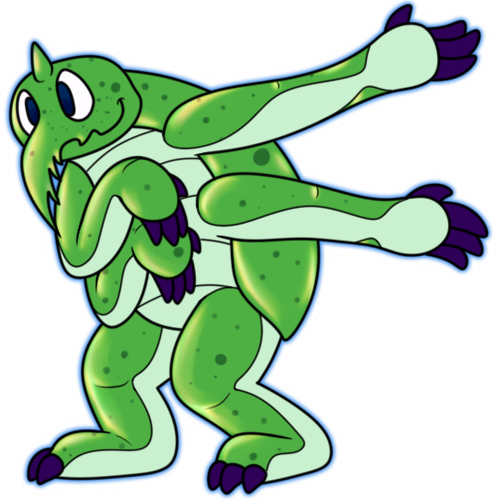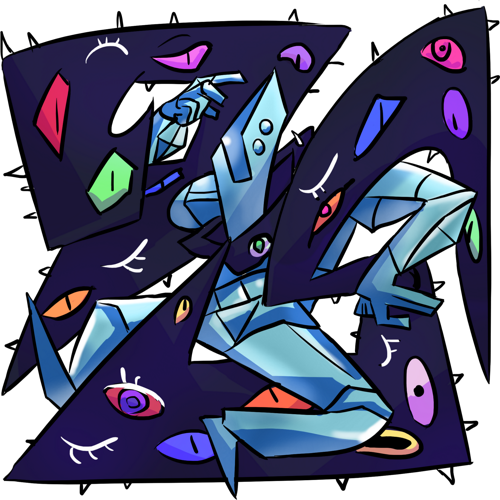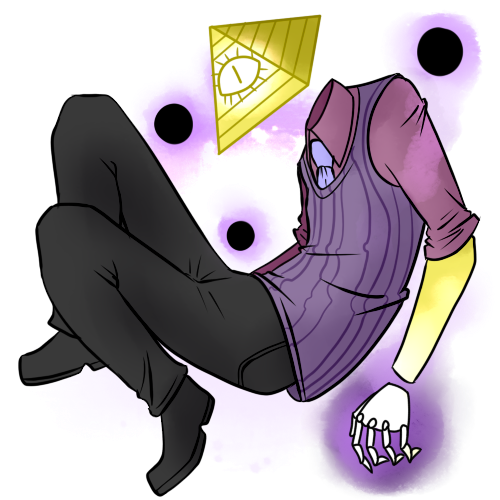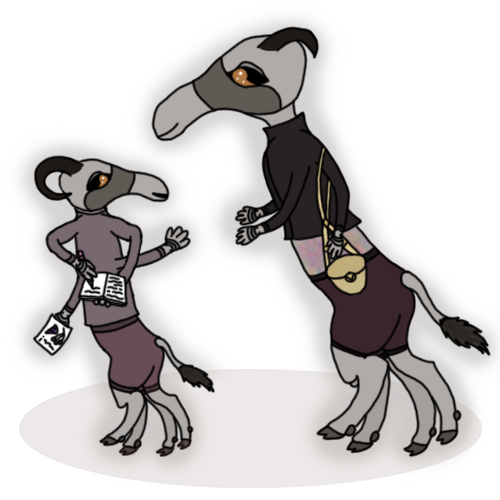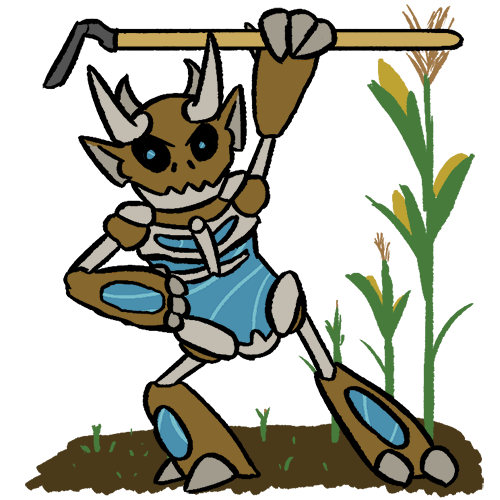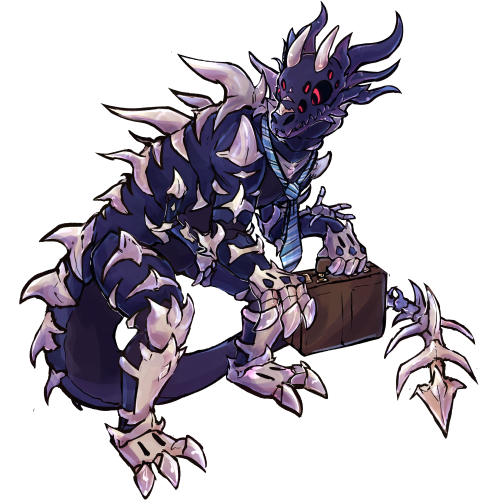Hokkan
Stability: Unstable
Best Mixed: Hokkans are best mixed with flying species, especially those who are large or can carry a large amount of weight. Those that are feathered are also recommended.
Common traits: Hokkan hybrids are "born" as a puffball of feathers and will maintain this puffy appearance until their death if no surgeries are done to correct their feather production. For many parents of these hybrids, the fluff is part of the appeal. While hokkans are known for their many eyes, the hybrids will have eyes even on their bodies in random placements. Due to the feathers, these eyes, when they work at all, are obscured with limited sight.
Unlike their hokkan parents, hokkan hybrids are praised for their intense amount of intelligence. While they are born as rather stupid beings, who will manage to drown themselves in small puddles of water, around the age of three years old, their brain development suddenly kicks into overdrive and never stops. As their brain grows larger, they absorb intense amounts of data about the world around them, especially word-based skills. These hybrids can pick up language on the go, becoming a fluent speaker in weeks. Many have created their own languages in their lifetime, writing books that still to this day of unknown contents, untranslatable.
Issues: While hokkans are notable fliers, many hybrids are plagued with never growing their wings. They are also prone to "over featherfication," an illness that causes the hybrid to produce feathers in unusual places, such as losing their eyes to feather growth or having a carpet of feathers in their mouth and throat.
While their immense knowledge is impressive, the constant brain growth of the hybrid makes their feelings and attitude impossible to work with. One week they could be a delightful person, while the next week, they're berating their co-workers for not working up to the same speed as them. To add on to the issue the hybrid will see issues where there are none. A person with a blue shirt may be accosted due to the hybrid seeing it as an obvious jab at their lack of flying ability and quickly engage them in a heated argument, where noting that the shirt has nothing to do with them leads the discussion in circles.
The brain's continual growth is an issue physically, as well. With no intervention, the brain will one day press against the skull and kill the hybrid. Holes must be drilled into the head to prevent this, but not only does this make the hybrid more vulnerable to damage, but as the brain attempts to develop even more, it will "clog" the spine, paralyzing them. Also, if they survive it all, they will fall to an ailment known as "Stargazer Realization." They will mention that they're onto something big, before rushing out and climbing to the tallest possible point in the city, town, or general area they are in. It is here that they will gaze upwards.
They do not speak once they start stargazing. They do not move, eat, or react to outside stimuli. Just as their brain was kicked into rapid growth the first time, it happens again, and this time at speeds unheard of. The brain, an organ that needs as much energy as possible, starts to starve the body. Even when forcing nutrients into the hybrid to keep it alive, the brain will become so all-consuming that the body cannot keep up the diversion of resources. Death follows soon after.

